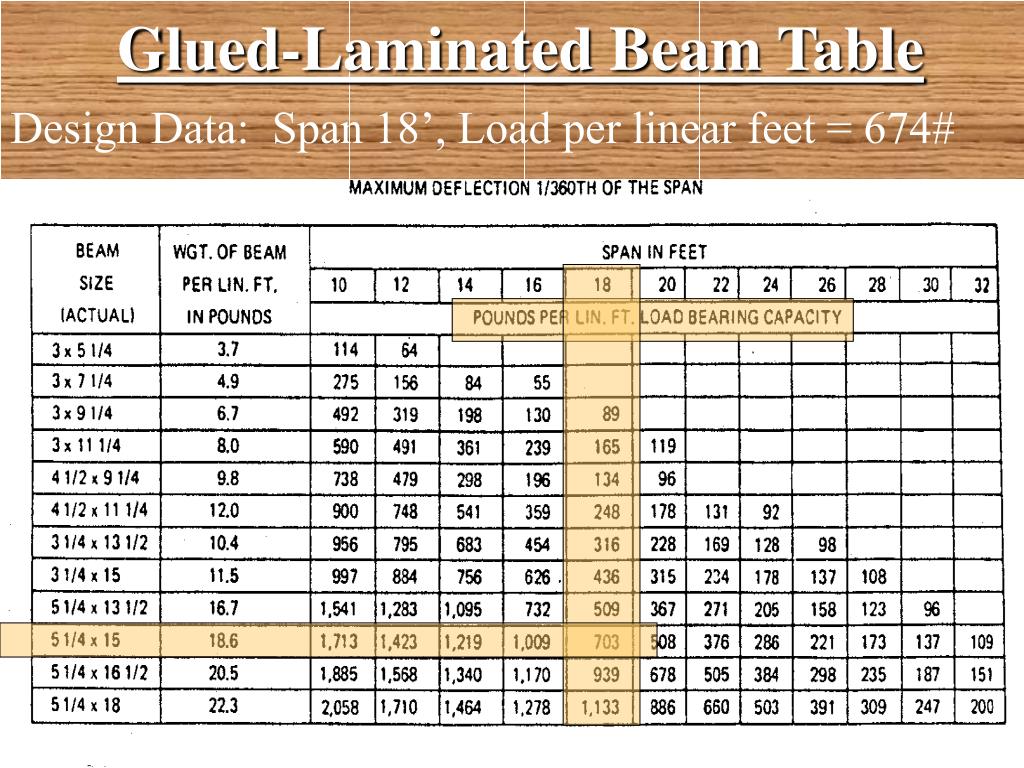
Weight of Concrete, density of concrete explained Schematics of a typical rotary peeling veneer manufacturer using a fixed-nose bar and knife are shown in Figure 1. The veneer will continuously be peeled from the log with a consistent thickness and without any fractures due to the pressure bar exerts on the veneer’s surface. For effective peeling of softwood, the bevel angle of the chosen knife is, for instance, roughly 23 degrees.Īlso Read: What is a Beam Bridge? – Definition – Examples – Facts The lathe used for the rotary peeling of the logs involves geometry and knife location as key manufacturing elements that affect the veneer’s quality.

For the manufacturing of LVL, a typical veneer thickness is 3.2 mm.

Rotary peeling is a method used to create veneer sheets that range in thickness from 2.5 mm to 4.8 mm. Cost of LVL Beam Production Procedure of LVL:.
#LVL BEAM SPAN HOW TO#


 0 kommentar(er)
0 kommentar(er)
